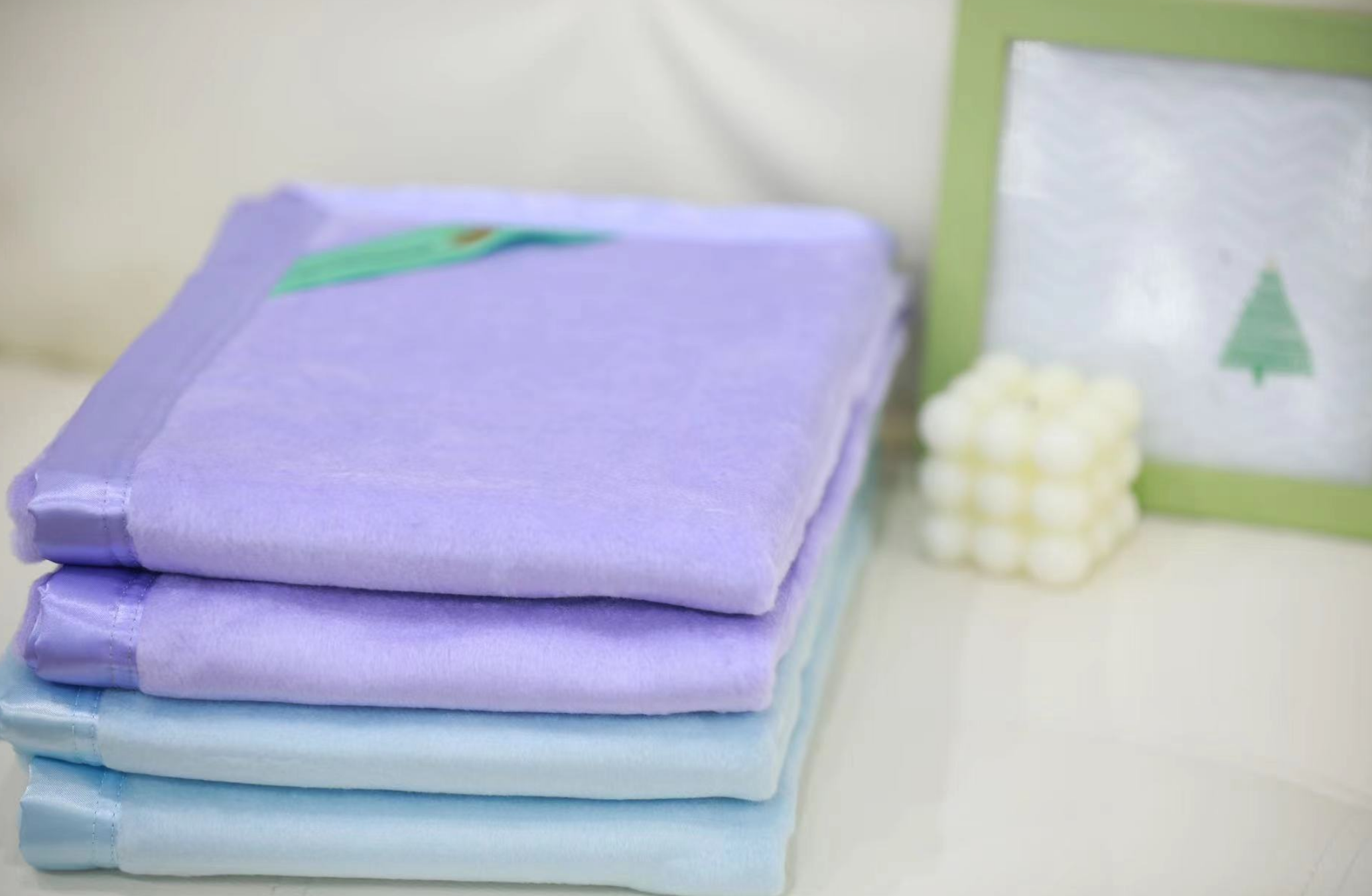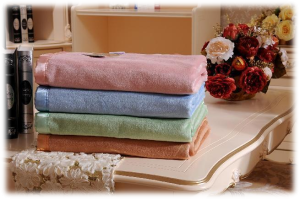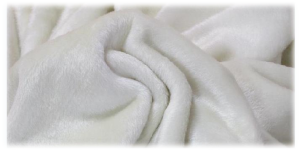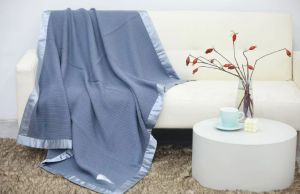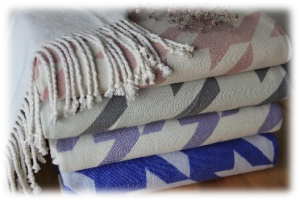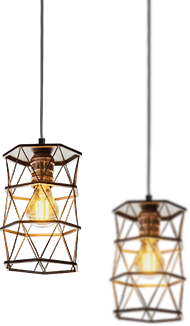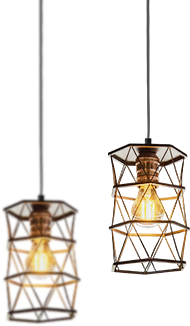When it comes to making baby blankets, there are several important considerations to keep in mind. The choice of materials, the advantages they offer, as well as the features and usage scenarios, play a crucial role in ensuring the comfort and safety of the baby. Here are some tips and information to guide you in making the perfect baby blanket.
1. Material Selection:
Choosing the right material is vital for a baby blanket. Opt for soft, hypoallergenic fabrics that are gentle on the baby’s delicate skin. Organic cotton, bamboo, or fleece are excellent choices. These materials are breathable, absorbent, and provide a cozy feel.
2. Size and Shape:
Consider the size and shape of the blanket carefully. It should be large enough to wrap the baby comfortably, yet not so big that it becomes a safety hazard. A square or rectangular shape is ideal, ensuring versatility in use.
3. Safety Measures:
Ensure that the blanket does not have any loose threads or embellishments that could pose a choking hazard. Avoid using buttons, ribbons, or any small decorative elements. Opt for secure stitching and reinforce the edges to prevent fraying.
4. Versatility:
Make the blanket versatile by adding snaps or buttons, allowing it to be transformed into a swaddle, nursing cover, or stroller blanket. This versatility ensures that the blanket can be used in various scenarios and grows with the baby.
5. Temperature Regulation:
Consider the season and climate when selecting materials. Lightweight fabrics like muslin or breathable cotton are ideal for warmer months, while thicker materials like fleece provide warmth during colder seasons.
6. Easy Maintenance:
Choose materials that are easy to clean and maintain. Machine-washable fabrics are preferred, as baby blankets tend to get dirty frequently. Avoid materials that require special care or dry cleaning.
Usage Advantages:
1. Comfort and Security:
The soft and gentle materials used in baby blankets provide a sense of comfort and security to the baby. The cozy texture helps soothe and calm the baby, promoting better sleep.
2. Allergy Prevention:
Hypoallergenic fabrics like organic cotton and bamboo prevent allergies and skin irritations, making them safe for babies with sensitive skin.
3. Breathability:
The chosen materials allow for proper air circulation, preventing overheating and reducing the risk of SIDS (Sudden Infant Death Syndrome).
4. Portability:
Baby blankets are lightweight and easy to carry, making them convenient for outings, travel, or simply moving around the house.
In conclusion, making a baby blanket involves careful material selection, adherence to safety measures, and consideration of the usage advantages. By following these tips and understanding the benefits of specific materials, you can create a comfortable, safe, and versatile blanket for your baby.


